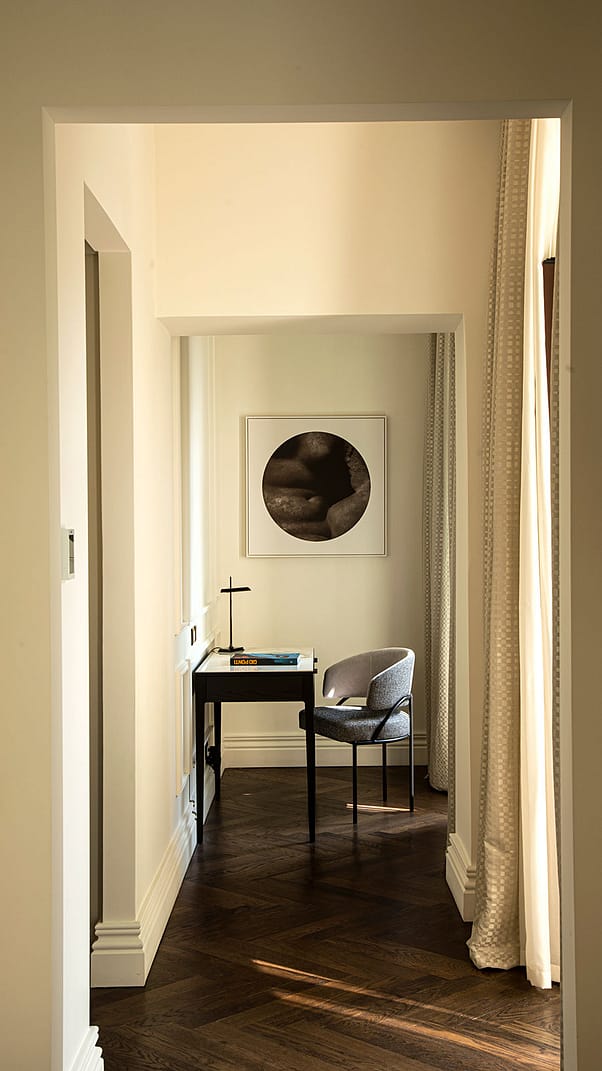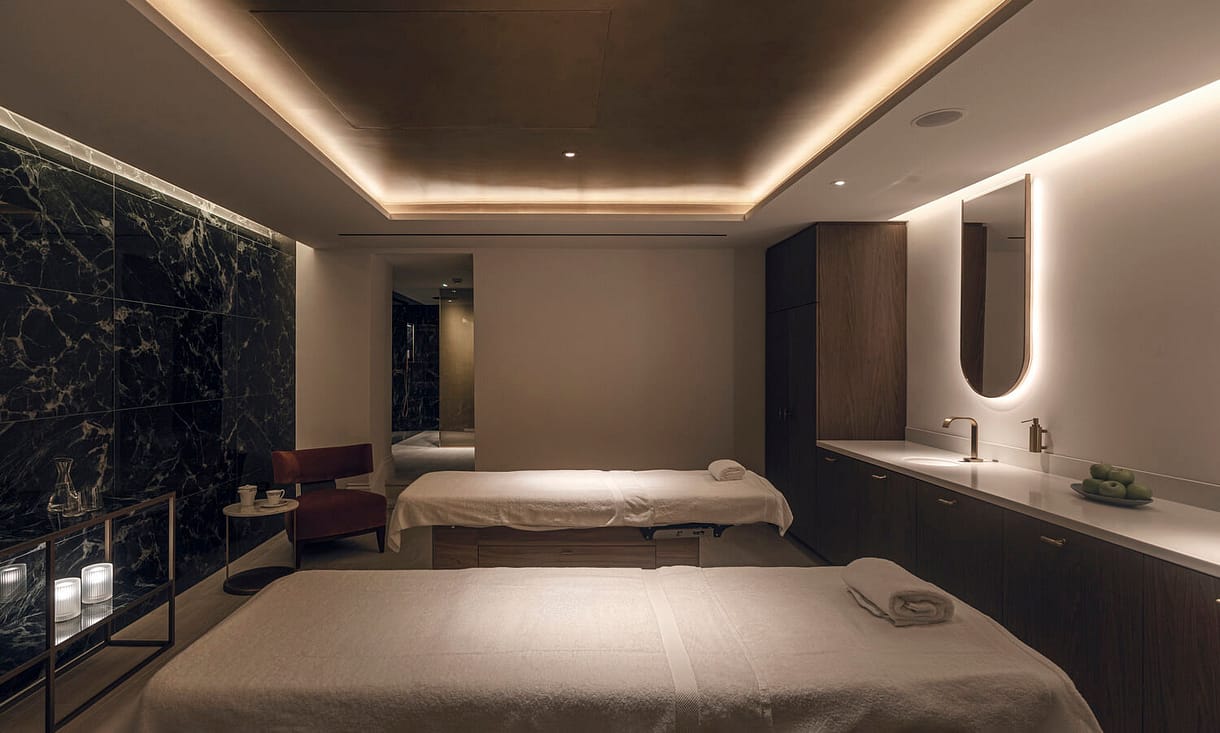InterContinental Rome Ambasciatori Palace
"La Dolce Vita," Federico Fellini’s cinematic masterpiece, immortalized Rome's Via Veneto as a symbol of luxury and indulgence. Over the years, the avenue had lost some of its movie-worthy luster, but is now on the verge of a reawakening. When the InterContinental Rome Ambasciatori Palace opened, it sought to honor the city's timeless beauty and opulent sophistication.






The re-imagined hotel embraces its historic and glamorous past with a modern interpretation of La Dolce Vita. Designed in the style of a neo-Renaissance palace by celebrated architect Carlo Busiri Vici in the early 1900s, the Ambasciatori Palace was originally built to host diplomats visiting the nearby American embassy.


Guest rooms and suites were meticulously crafted with a timeless Italian aesthetic. The executive suites showcase arch motifs that elegantly divide the living spaces, drawing inspiration from local luxury apartments.
Bespoke details, including brass handles reminiscent of Roman fluted columns and custom-made furnishings by local artisans, add to the exquisite craftsmanship.




“My approach for any of our projects is to reuse and work around existing features as much as possible. When we first walked in, yes, it was dark. It was old. It was dated. But the box was there with these beautiful gold ceilings, columns, and historic aura,” explains Veronica Givone, IA's Managing Director of Hospitality.

Entering the Palace, the grandeur of the original architecture remains largely intact. Exuding classic refinement, the main hall is enriched by made-to-measure chandeliers and red marble, accentuating its height and majesty. The reception area echoes the space with a monochromatic color scheme, gold accents, and layered patterns.



Event spaces accommodate both large business meetings and intimate gatherings. Serene wellness suites and a carefully curated fitness center offer respite and rejuvenation. Sculpted lines, crafted volumes, and geometric patterns help create refined comfort.


By preserving ninety percent of the original structure, the project minimized the need for dramatic interventions that can have significant environmental impacts. Choosing preservation over demolition also allowed for a piece of history to remain appreciated by both locals and visitors.
Unsustainable materials that were commonly used in the past in Italy, but are no longer applied today, were carefully removed and materials with adverse environmental effects were avoided. The entire project team relinquished gas tanks that had been buried in the soil since the 1940s, and eliminated all plastic throughout the premises, creating a truly eco-friendly environment.

By prioritizing sustainability and incorporating environmentally conscious practices, InterContinental Rome Ambasciatori Palace sets an example for responsible design and construction in the hospitality industry and its historic location.

Featured in Travel & Leisure // Forbes // Robb Report // La Repubblica
